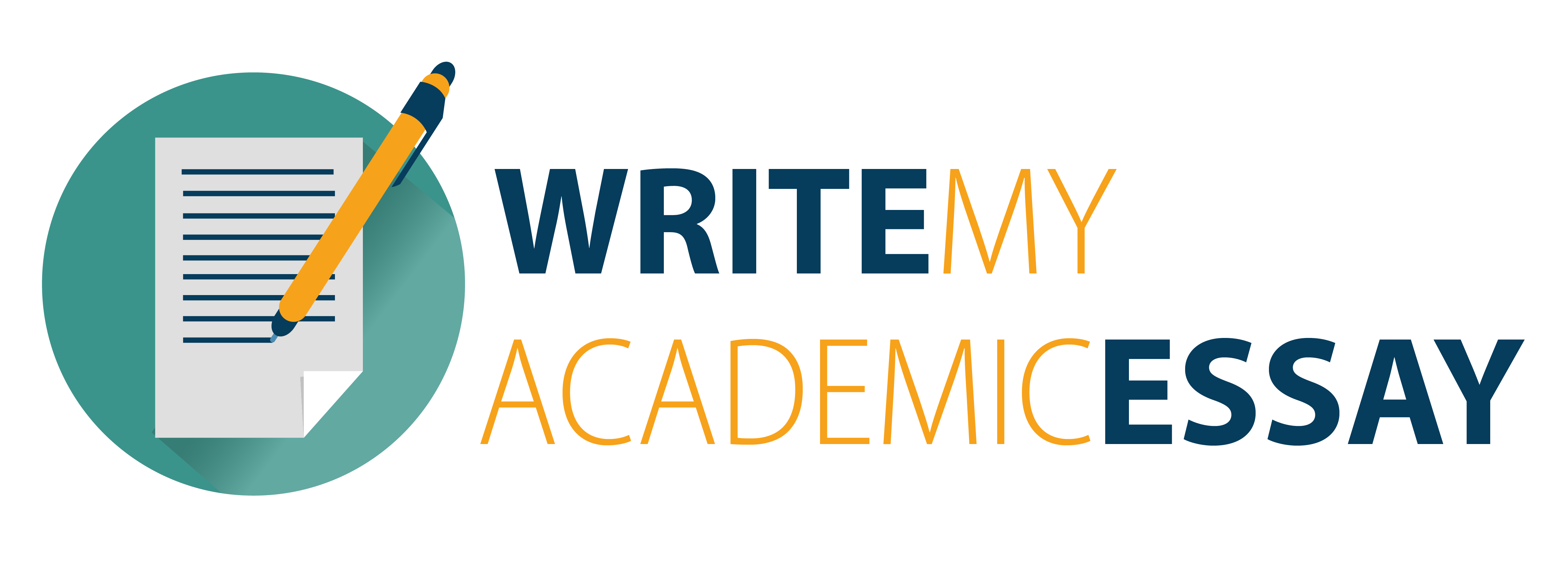Ecology
Instructions:-
No…it’s not an alien invasion, it’s much worse…humans…
As we wind down our course, we will be covering the topic of ecology. This a very broad field that studies the interaction of organisms with their environment, be it the aphid living on your rose bush or us humans.
For your main post, I would like you to look specifically at humans and our relationship with the environment. Please start by picking one of the ecological topics below and discuss our human impacts on the environment in regards to. Please be sure to give a summary/introduction to the topic, is it helpful/harmful and why, examples of it/what causes it, the environmental impact, and for those that are harmful to the environment, what are some ways to offset the damage? Next I would like you to calculate your household’s carbon footprint and share it with the class (you can Google search “carbon footprint calculator” or use this website). How do you compare with the national average? Please make sure to include proper references (including the carbon footprint calculator you used) and in-text citations in APA format.
So, are humans really helping or just destroying the planet? It’s up to you to decide…
Topics:
Green energy
Oil and Fossil Fuels
Climate Change
Overpopulation
Sustainable Agriculture

